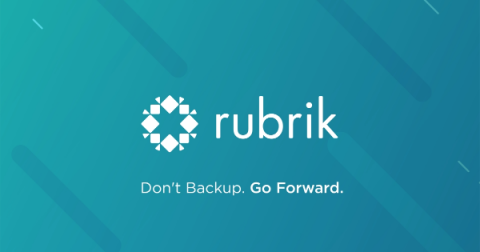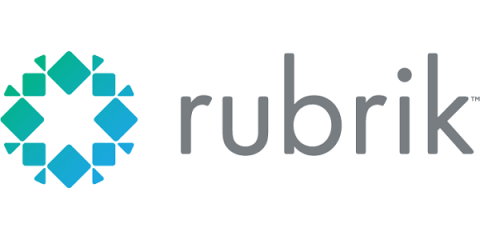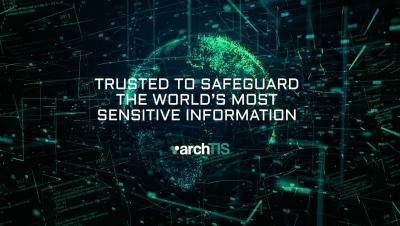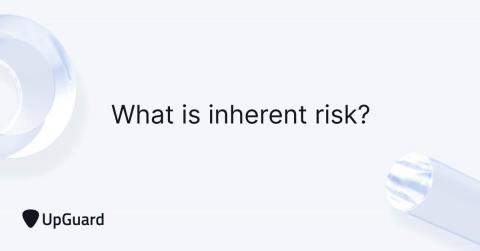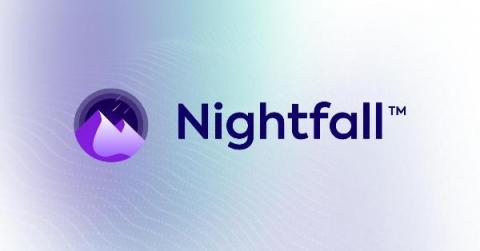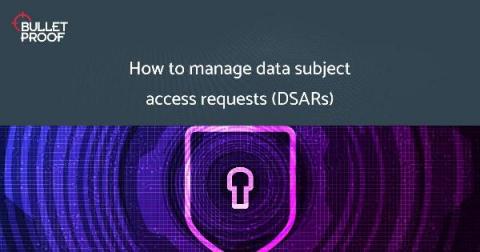Automate and Unify Protection of Your SAP HANA Databases
Enterprises are undergoing a dizzying pace of digital transformation. For many organizations, real-time analytics and insights are critical to the success of their transformation, and SAP HANA has become their database of choice, making their protection a must. While SAP HANA provides a rich ecosystem of native backup and recovery tools to specialist DBAs, they are often not accessible by the backup and infrastructure teams.


